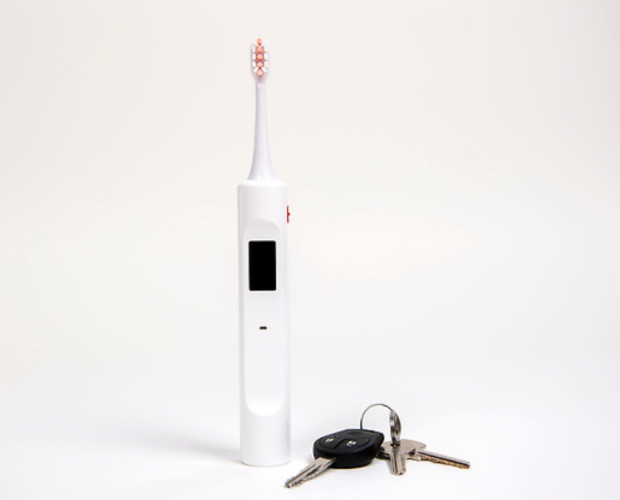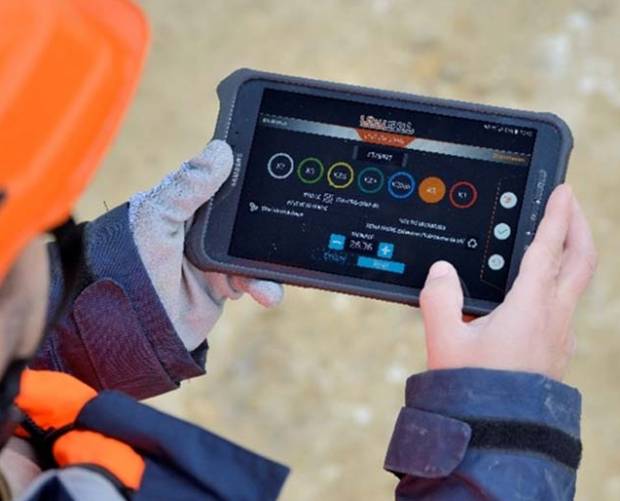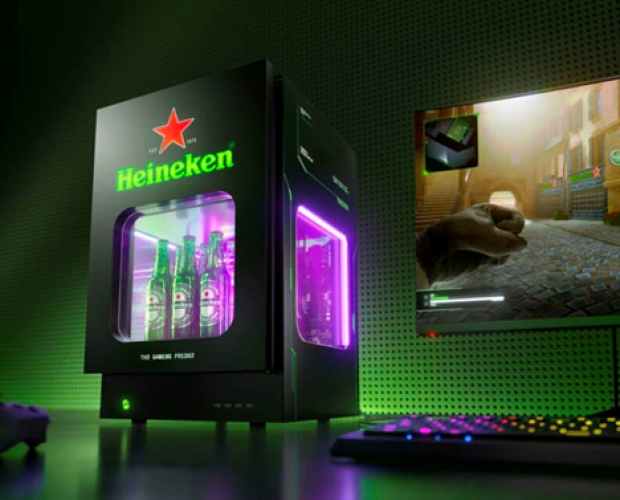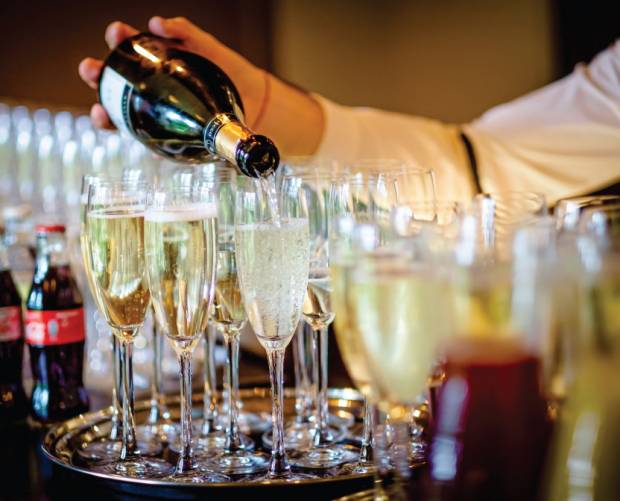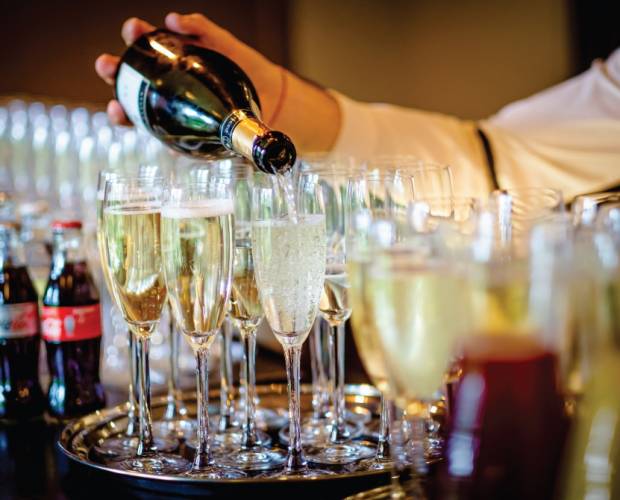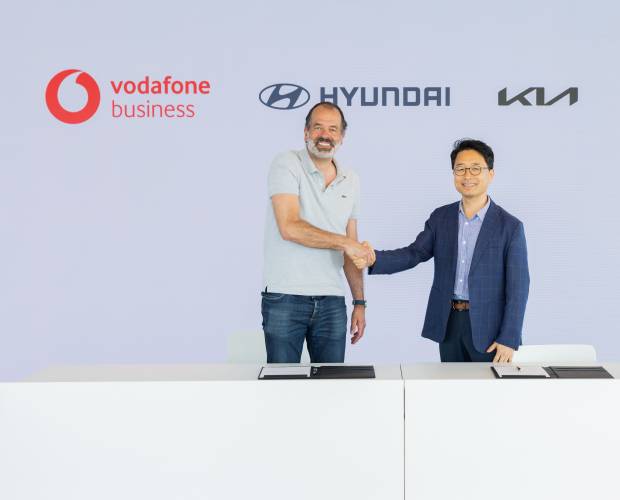Innovation Lab: Quantum Duets, Goose Prosthetics and Food Ink
- Friday, August 5th, 2016
- Share this article:
At Mobile Marketing were proud to help tech companies showcase their cutting-edge solutions, whether its on our website, in our magazine or at our Mobile Marketing Summits. Giving a platform to companies that are breaking new ground in their market brings audiences one step closer to the ideas and developments that will shape tomorrow.
In that spirit, our Innovation Lab feature takes a step beyond the world of apps, ads and handsets with slightly bigger screens, in order to share some of the tech worlds innovative ideas. They might be interesting, disruptive or just outright strange, but these are the stories that have caught our eye over the past week.
Listen to a Duet Between a Human and a Quantum Computer
It what is likely to be the most unconventional duet you hear all year, a mezzo-soprano from Wales has teamed up with a quantum computer in Los Angeles for a musical performance that represents the first live use of quantum processes in an artistic piece.
The 15 minute performance in three movements saw the voice of singer Juliette Pochin sent across the internet to the quantum D-Wave machine at the University of South Californias Information Sciences Institute in Marina Del Rey, where it was run through algorithms in real-time to generate new sounds. These sounds were then sent back to England, where they were incorporated into the live performance.
The project was the brainchild of Alexis Kirke, senior research fellow at the Interdisciplinary Centre for Computer Music Research at Plymouth University. The piece, called Superposition, used three subsystems to ensure the tones generated harmonised with the existing performance.
“There are only a handful of these computers accessible in the world, and this is the first time one has been used as part of a creative performance,” said Kirke. “So while it is a great privilege to be able to put this together, it is an incredibly complex area of computing and science, and it has taken almost two years to get to this stage.”
 Brazilian Vets 3D Print Goose Beaks and Tortoise Shells
Brazilian Vets 3D Print Goose Beaks and Tortoise Shells
A group of veterinarians, dental surgeons and 3D designers who have dubbed themselves the Animal Avengers have been making a name for themselves in São Paulo by creating cutting-edge prosthetics for injured animals, from a tortoise whose shell was damaged in a fire to a Brazilian goose with an injured beak.
Victoria the goose is the organisations latest success story, and their most challenging design yet. The animal was discovered off the coast of Brazil in 2015 with a large part of her beak missing. Marine environmental nonprofit Friends of the Sea cared for her, but with the bird struggling to eat or drink, they called in the expertise of the Animal Avengers.
Victoria received her first replacement beak in late 2015 following 3D scanning of her injuries. While the initial beak lasted for around five months, it eventually proved too heavy for the bird, and began to drop down from where it had been fixed.
Thankfully, the team behind the prosthetic were able to use their initial scans and what theyd learned since to create a much more elegant design that was only a third the size of the first, but still enabled Victoria to live a normal life.
Construct Your Own Robot Samurai, No Engineering Skill Needed
Robot Wars is back on British TV, and set to inspire a new wave of children (and adults) to strip down old lawnmowers in the hopes of winning glory in the arena. Fortunately for those of us with no electronics or engineering skills, theres a way to replicate the experience at home.
The Ganker robot kit, currently seeking funding on IndieGoGo, builds robot warriors considerable smaller than those on Robot Wars, but still remarkably complex for how little knowledge is needed to create them. The small robots include omni-directional wheels to quick, agile movement and impact detection sensors to score hits and misses.
The robots are controlled by an accompanying app which provides all the software needed to send your robot into battle, and the bots are customisable with different designs and weapon loadouts for the individual touch. If the funding goes to plan, the company behind Ganker has plans to run robot fighting competitions and even integrate VR headsets through point-of-view cameras on the bots.
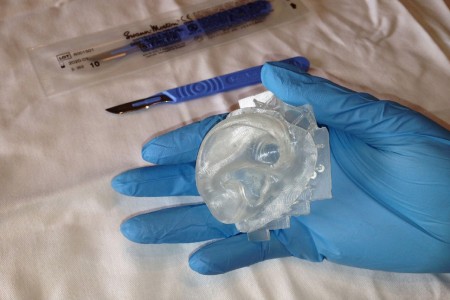 3D Printing Creates Super-accurate Ear Implants for Children
3D Printing Creates Super-accurate Ear Implants for Children
Microtia is a congenital condition that affects around one in 10,000 births, causing the external ear to be extremely undeveloped. Now one British doctor is helping children affected by the condition with the latest medical 3D printing technology.
Traditionally, clear acetate would be used to take a 2D tracing of the childs normal ear, then mirrored to create a design for the new one. Now using 3D scanner technology, Dr Ken Stewart of the Royal Hospital for Sick Children in Edinburgh is able to create a much more accurate model.
The scan can then be printed out and used as a model for surgeons as they repair the underdeveloped ear using cartilage from the ribs. As bio-printing technology develops, doctors in the future may even be able to produce an entire ear using stem cells from blood vessels and special polymers.
Visit a Restaurant Where All Your Food is Printed
Our final look at the advancements being made in the world of 3D printing this week is rather more frivolous than prosthetics for injured animals or help for children with congenital conditions. Food Ink is a pop-up concept restaurant in London where everything is 3D printed, right down to the meal on your plate.
The project aims to create a space where “fine cuisine meets art, philosophy and tomorrows technologies”, and has teams chefs, designers, engineers and artists to create a unique environment. All the furniture and utensils within the restaurant are 3D-printed, and the food uses byFlow printers to create designs from chocolate mousse, hummus and more.
The food produced by the printers uses all-natural ingredients packed with vitamins, and uses principals from molecular gastronomy to produce density and structure. The restaurant has a very limited guest list, but hopes to serve as a way of promoting the power of 3D printing and other new technologies, and demonstrating what can be achieved.









